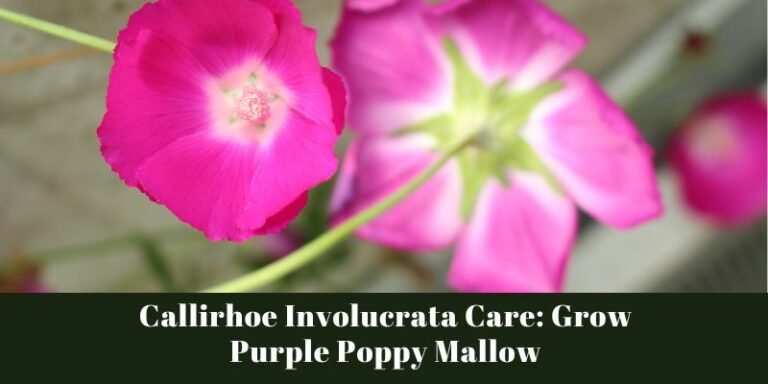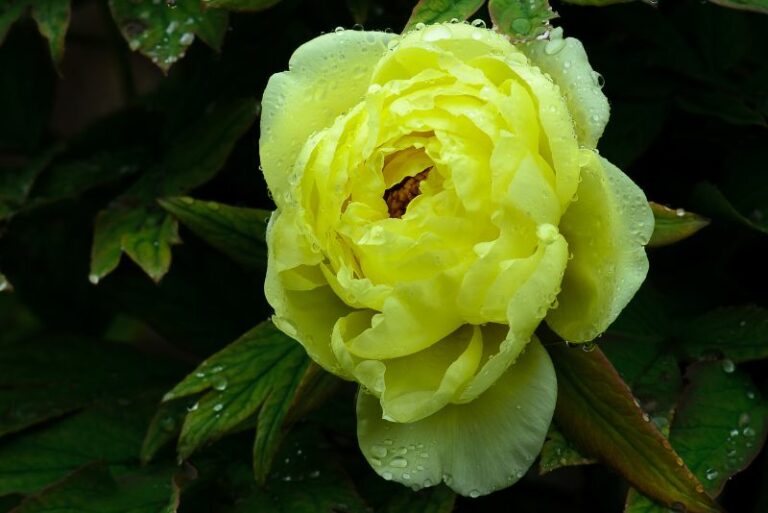Eight Plants to Grow with Cosmos for a Flourishing Garden
Companion planting is a time-honored method of gardening that harnesses the symbiotic relationships between different plants. By grouping certain varieties together, gardeners can enhance their garden’s health, increase yields, and even repel pests — without resorting to chemicals. In this comprehensive guide, we’ll explore eight standout companion plants that perfectly pair with cosmos (Cosmos bipinnatus), known for its prolific blooms and airy, delicate foliage. Whether you’re a seasoned pro or a budding green thumb, these tips will help you take your garden to new heights.
Cosmos is a delightful addition to any garden, with its charming, daisy-like flowers and an ability to thrive in a range of conditions. But like all plants, it has its preferences and needs. By carefully selecting companion plants, you can create a micro-ecosystem where each species supports the others in a harmonious dance of life.
Companion planting is both an art and a science. It involves understanding the nutrient and water needs of plants, as well as the impact they have on the soil and each other. The reward for this insight is a garden that’s more resistant to pests and diseases, more attractive to pollinators, and more beautiful than the sum of its parts.
Here are eight plants that can help cosmos be the best it can be in your garden.
1. Marigolds

Marigolds are the workhorses of the companion planting world. They’re beloved for their rich colors and their ability to repel pests. Plant marigolds alongside cosmos and you’ll enjoy:
- Pest Control: Marigolds emit a scent that repels nematodes, which can attack the roots of nearby crops, including cosmos. They also deter many common veggie and flower pests, including aphids and whiteflies.
- Nutrient Enrichment: Their roots exude chemicals that enhance the soil, making the nutrients more available to cosmos.
- Attracting Pollinators: Their vibrant flowers are irresistible to bees and butterflies.
To make the most of marigolds, place them at the edges of your cosmos bed, or intersperse them throughout the garden, ensuring that the marigold plants are relatively close to your cosmos to maximize their beneficial effects.
Companion Planting Tips with Marigolds
- Choose French marigolds (Tagetes patula) for companion planting, as they are more effective at pest control than their African cousins.
- Plant marigolds before your cosmos for the most benefit. The earlier they establish, the better their pest deterrent properties become.
2. Zinnias

Like cosmos, zinnias are members of the Asteraceae family and share similar sunlight and soil requirements. Plants from this family almost always make for good companions, and zinnias are no exception. By growing them together, you create a matching set that’s sure to provide mutual benefits.
Compatibility with Cosmos
- Space Fillers: Zinnias come in a range of sizes but can help fill in space between taller cosmos varieties, creating a full and lush border, or a tapestry of color that stretches from the front to the back of your flower beds.
- Extended Flowering: By staggering the varieties, you could enjoy a longer season of continuous blooms, which means more time for pollinators to visit your garden.
- Healthy Soil: The thick root systems of zinnias help keep the soil structure stable, which is particularly helpful for the shallow roots of cosmos.
Remember, like all good companions, these flowers will look best together if planted in groups rather than as singles.
3. Nasturtiums

Nasturtiums are wonderful companions for cosmos, especially if you’re aiming for a wildflower or cottage garden look. They are easy to grow, add a splash of intense color, and provide a number of benefits to their garden neighbors.
Complementing Growth Habits
- Growing Patterns: Nasturtium’s trailing habit contrasts beautifully with cosmos’ upright growth, providing structure to the overall arrangement and minimizing bare spots.
- Pest Control: Their spicy fragrance helps keep aphids and other pests away from your cosmos.
- Edible Bait: Nasturtiums can act as a sacrificial crop, attracting aphids away from your cosmos and onto their own leaves instead.
To make the most of nasturtiums, plant them right at the base of cosmos so they can spread out and create a living mulch that will help retain soil moisture and keep weeds at bay.
4. Larkspur

Larkspur and cosmos are a vision together. Larkspur’s densely packed, tall blooms in blue, purple, pink, and white provide a stunning backdrop to cosmos’ more delicate blooms. Here’s why they work so well together:
Height Considerations
- Background Flair: Larkspur’s stature makes it a lovely supporting character against cosmos’ more sprawling growth pattern, making it an excellent choice for the back of a garden bed or in hedgerows.
- Natural Cohesion: The uniformity in height makes it easier to create a garden with defined layers and textures.
- Self-Seeding Harmony: Both larkspur and cosmos are prolific self-seeders, which can result in a new crop of plants year after year.
However, note that larkspur is a cool-season annual, and its presence may be temporary compared to the year-round cosmos in warmer climates.
5. Coreopsis

Coreopsis, commonly known as tickseed, is a garden favorite. Its daisy-like flowers in shades of yellow, orange, and red make it a lively companion to cosmos’ more subdued palette.
Similar Care Requirements
- Simplicity in Scheduling: Both coreopsis and cosmos share the requirement for full sun and well-draining soil, which makes managing their care and maintenance much easier.
- Attracting Pollinators: Coreopsis is a magnet for bees and butterflies, which can enhance the pollination of your cosmos and other garden plants.
- Color Harmony: Mix and match different color forms of cosmos and coreopsis to create striking combinations that are an absolute delight for the eyes.
When planting, make sure to give them appropriate space to grow, as both can become quite bushy if happy in their environment.
6. Sunflowers

Sunflowers and cosmos share an affinity for sunny spots, and together, they can create a strikingly beautiful and beneficial duo.
Size Contrasts and Light Requirements
- Contrasting Forms: The tall, statuesque presence of sunflowers provides an excellent anchor to the more airy nature of cosmos.
- Sun Sharing: Sunflowers take up the vertical space, allowing sunlight to filter through to your cosmos’ lower leaves, ensuring even light distribution.
- Insect Diversity: Sunflowers attract a wide variety of beneficial insects that help control pests and improve pollination.
The key is to plant sunflowers where they won’t overshadow your cosmos completely, and to ensure there’s enough room between them for good air circulation.
7. Bachelor’s Buttons

Bachelor’s buttons, or cornflowers, are forgotten treasures of the garden that are returning to popularity. These annuals are easy to grow and look fantastic in the company of cosmos.
Easy-to-Grow Companions
- Low Maintenance: Once established, both plants require minimal care, making them perfect for a relaxed gardening style.
- Color Variations: Use different shades of blue, pink, and white to create complementary color schemes.
- Cut Flower Potential: Both cosmos and cornflowers make delightful cut flowers, ensuring your home is always filled with the colors of your garden.
When planting, ensure they both have room to grow, though they can be somewhat closer together than some other combinations.
8. Phlox

Phlox is a versatile and long-flowering perennial that shares many characteristics with cosmos. Their visual and practical symbiosis makes them a match made in the garden.
Color Palette Coordination
- Blending Blossoms: Choose phlox varieties that match or contrast harmoniously with your cosmos for a garden that looks planned and cohesive.
- Pollinator Support: Phlox blooms are magnets for moths, bees, and butterflies, adding to the landscape’s lively hum of activity.
- Companion Perennial: If properly spaced and supported, phlox can remain in the garden alongside cosmos for years, providing a constant backdrop of color and wildlife.
When planting, consider the longevity of phlox and plan for its mature spread. Also, ensure occasional pruning to prevent overgrowth strangling your cosmos.
Conclusion
The art of companion planting with cosmos is as broad as it is deep. While these eight plants are shining examples of great companions, there are many other species you can experiment with. The key is to observe and learn from the interactions in your personal garden. Try different combinations, keep a journal of what works, and don’t be afraid to start over or make changes.
By combining cosmos with the right partners, you’re not just growing a garden — you’re tending to a living landscape where each plant plays its part in the natural order of things. Happy gardening!






